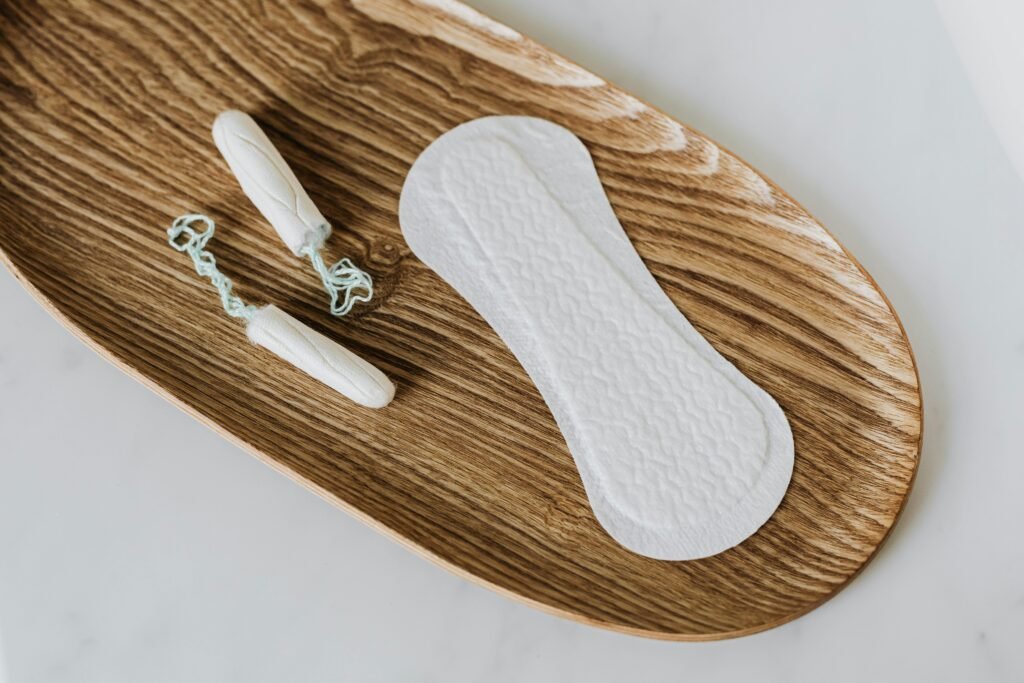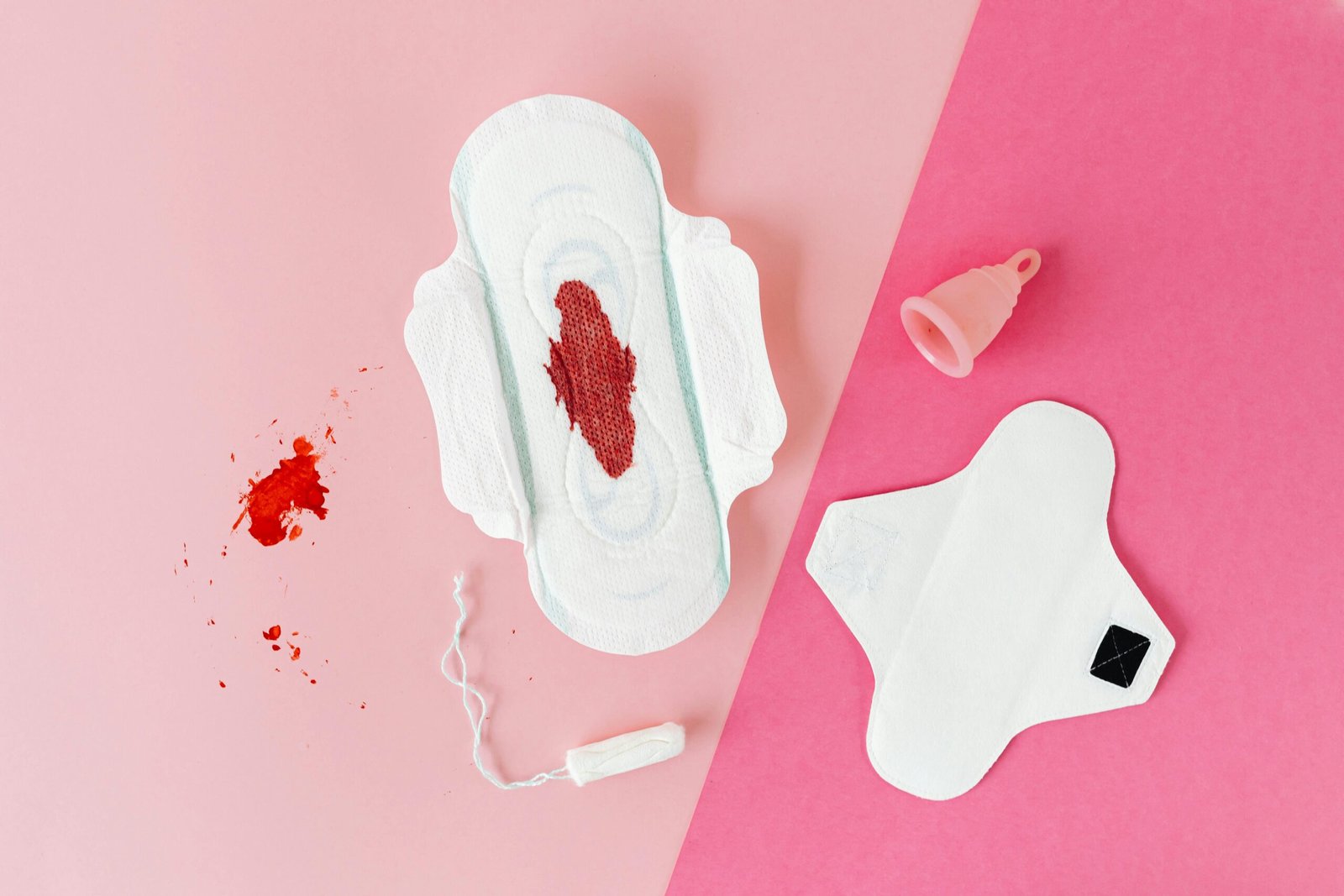Menstruation has been an intrinsic part of human existence for millennia, yet its understanding and societal perception have evolved dramatically over time. This journey, marked by myths, misconceptions, and scientific advancements, reflects broader changes in culture, medicine, and gender roles.
While in today’s time, we have ample feminine hygiene products to choose from, have we ever wondered how our ancestors managed their periods? What products did they use?
- Ancient Times – Papyrus, Jute and Rabbit Fur
The ancient Egyptians (3,100-30BC) would often use softened papyrus as a makeshift tampon. Other early mentions were made in the 5th Century BCE by the famous Greek Physician Hippocrates, who wrote that women in ancient Greece used wrapped lint around wood to hold menstrual blood. A similar trait could be seen among ancient Romans as well.
On the other hand, Japanese women were known to use cotton and silk that helped them soak blood. Native Americans made use of buffalo skin, lint, and moss. In colder climates, women resorted to rabbit fur.
Information related to the use of menstrual products in the ancient Indian subcontinent is somewhat limited. However, it is believed that back in those times, women used rags, sand, sawdust, and even jute fibre during their periods.
- Middle Ages to Victorian Era – Layered Clothing to Cloth
From the medieval era to the Middle Ages in Europe, periods were regarded as evil, and women experiencing the same were considered unclean. They resorted to scrap fabric or linen or would often bleed into layers of clothing. Like layers of skirts and underclothing that would help hide the blood flow. Victorian England also witnessed the random use of rags to hold monthly flow.
In the early 1800s, bloomers were already in place and women safety-pinned cotton cloth or flannel to the inside of their “bloomers”. This method sounds a few ways away from poking yourself into another type of bleeding. It’s safe to assume that cloth was widely in use until the invention of the first disposable pad.
- Late 19th Century – Sanitary Towels and Belts
Probably the most significant innovation in the history of menstrual products was the invention of the disposable sanitary towel. In 1880, the company Southall’s, in Great Britain launched the first patented disposable product in the market.
It was not until 1896 that Johnson and Johnson launched its first consumer-driven menstrual product under the name Lister’s Towels and Lister’s Belts in the United States. The product was targeted towards everyday women to free them from washing their cloth pads every month. These were most likely the first disposable and commercially sold pads. They were manufactured out of cotton and gauze. The towels would be attached to a sanitary belt, made from elastic webbing with two clips attached – one at the front and one at the back – to which a washable sanitary napkin could be secured.
It was in 1885 in India that we found the first ad about a period product in the newspaper The Times of India. It featured Southall’s belt. It was targeted towards modern and mainly upper-class women, often Europeans (residing in India) not as a necessity but as a luxury as a more “hygienic” option.
- 20th Century – Cotton Pads, Adhesive Pads and Tampons
The two World Wars witnessed massive involvement of women, and many of them as nurses. During World War 1, nurses in France noted that the cellulose in bandages that were used to treat wounded soldiers worked much better at absorbing blood than cotton. The nurses began using these as pads.

As sanitary pads became a successful product, many were still discreet about buying them in public. Many women still wanted to hide and forget about their periods. These culturally-inflicted views helped lead to the invention of the modern tampon in the mid-1930s. With the help of a female friend, Earle Haas was able to create a tampon with an applicator that allowed insertion of the product without touching the vagina. Haas’ invention helped boost tampons’ popularity. Tampons with deodorant were also created to help fight ‘odor’. Still, many women were reluctant to use tampons due to the belief that they would lose their virginity if they wore them. Therefore, it was often advertised to married women only.
Interestingly, it was only in 1969 that the adhesive pad was launched by Stayfree and the sanitary belt quickly lost its popularity. Adhesive pads could be worn with comfortable underpants. During the 1970s and 80s in India, with the popularization of radios and television, the huge audience it garnered, and lots of girls going to schools, and colleges and beginning to enter the workforce, pad, especially the adhesive ones began to be favoured as the go-to product.
In 1992, Procter & Gamble launched Whisper which went on to significantly transform the market of sanitary pads in India. This led all the other companies in India to push the advertising into high drive. While Carefree, Johnson, and Johnson were targeting audiences that were already using pads, Kotex was on the move to convert non-users with its significantly low pricing.
- Modern Day – Menstrual Cups, Period Underwear to Organic Products
In the recent decade, menstrual products have continued to evolve and adapt to the needs of modern women also in keeping with the environment and sustainability. Sustainability and reusability (like in earlier times) have now crystallized. Products such as period underwear and menstrual cups have been launched in recent years. The increasing popularity of sustainable menstrual products also reflects a growing awareness of the environmental impact of disposable products.
The Last Words
The history of sanitary products echoes the momentous strides made in women’s health and societal attitudes toward menstruation. The revolution is vast, from using materials like papyrus and rags to developing disposable pads, tampons, and eco-friendly menstrual cups. Technological innovations, shifting cultural perceptions, and increased awareness of hygiene and comfort have contributed to the wide range of menstrual products available today.

By Sampurna Majumdar
Sampurna Majumder is a communications professional born and raised in Kolkata. Fascinated by creativity from a young age, she has a deep love for music, literature, and world cinema. An avid reader and traveler, she holds a Master’s degree in Literature from the University of Delhi.














